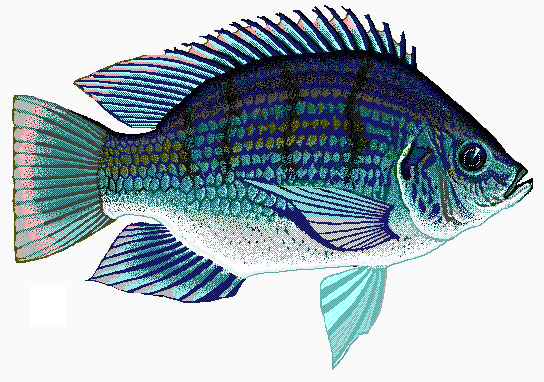


Expanded section of river Marahoué at Danangoro. Fish collectionĤThree commercial fish species, Tilapia galilaea, Tilapia zilli and Alestes nurse, were randomly caught daily for one week with a cast net from the treated rivers-the Marahoué at Danangoro, the N’zi at Dabakala and the Bandama at Marabadiasa-and from the untreated river Kadioni, which was used as the control.įig. At the time of the river treatment, the water level was high and the river flow fast, forming small rapids on the rocks. is an expanded section of the river containing huge rocks (Fig. At Danangoro on the river Marahoué, where the cage experiment was carried out (see below), the breeding site of the blackfly Simulium damnosum s.l. Details of the hydrology and the physicochemical characteristics of the rivers have been given by Iltis & Lévêque (1982). MATERIALS AND METHODS Description of the study areaģThe Marahoué and N’zi rivers are tributaries of the river Bandama and all flow from north to south. This paper reports one such study on fish from the rivers Marahoué, N’zi and Bandama in the Ivory Coast, which have all been treated with chlorphoxim.

There was therefore a need to monitor closely the effect of the chlorphoxim treatment on the fish species in the treated rivers. Again, at the beginning of the OCP operations in 1974, some concern was expressed over the possible harmful effect such large-scale application of insecticide would have on the riverine fishery (Asibey, 1975, 1977). These studies did indicate that chlorphoxim might be more toxic to fish than temephos. These unexpected developments necessitated replacing temephos treatment of the three rivers with a series of weekly chlorphoxim ( O, O-diethyl-2-chloro-α-cyanobenzylidene amino-oxyphosphonothioate) treatments, which began in October 1980.ĢToxicity of chlorphoxim to African fish species has not been studied extensively, but Galleta (1968) had reported the 24 h LC 50 of chlorphoxim to Gambusia affinis to be 2 mg litre -1 while the 24h laboratory tests with 0.10 mg litre -1 and 1.0 mg litre -1 chlorphoxim on black bullhead gave mortalities of 10% and 80%, respectively (Anon., 1967). Later in the year, temephos resistance was observed on the rivers Marahoué and N’zi. soubrense) had developed resistance to temephos on the lower Bandama river in the Ivory Coast (OCP, 1981). However, from May 1980, it was detected that two forest species of the S. It appears that during river treatment the fish avoid the impact of the larvicide by swimming downstream.ġSince 1974, rivers in the Volta River Basin of West Africa have been treated with temephos ( O, O, O', O'-tetramethyl- O, O'-thiodiphenylene phosphorothioate) to kill larvae of the Simulium damnosum complex, the vectors of river blindness (onchocerciasis), in connection with the ongoing Onchocerciasis Control Programme (OCP). However, there was no reduction in the brain AChE activity of some Tilapia galilaea, Tilapia zilli and Alestes nurse randomly taken with a cast net from the rivers Bandama and N'zi, which had been similarly treated with chlorphoxim for about 10 months. in the river Marahoué and aerially treated with chlorphoxim at a concentration of 0.05 mg litre -1 per 10 min of river discharge, showed a 16% reduction in the brain acetylcholinesterase activity of the caged Tilapia zilli after 2 h and about 20 % after 5 h of the river treatment.

A cage experiment with Tilapia zilli, placed just below the breeding site of Simulium damnosum s.l. The effect of aerial treatment of rivers with chlorphoxim, in connection with the ongoing Onchocerciasis Control Programme (OCP) in the Volta River Basin, on the brain acetylcholinesterase (AChE) activity of three fish species Tilapia galilaea, Tilapia zilli and Alestes nurse has been studied in the Ivory Coast.


 0 kommentar(er)
0 kommentar(er)
